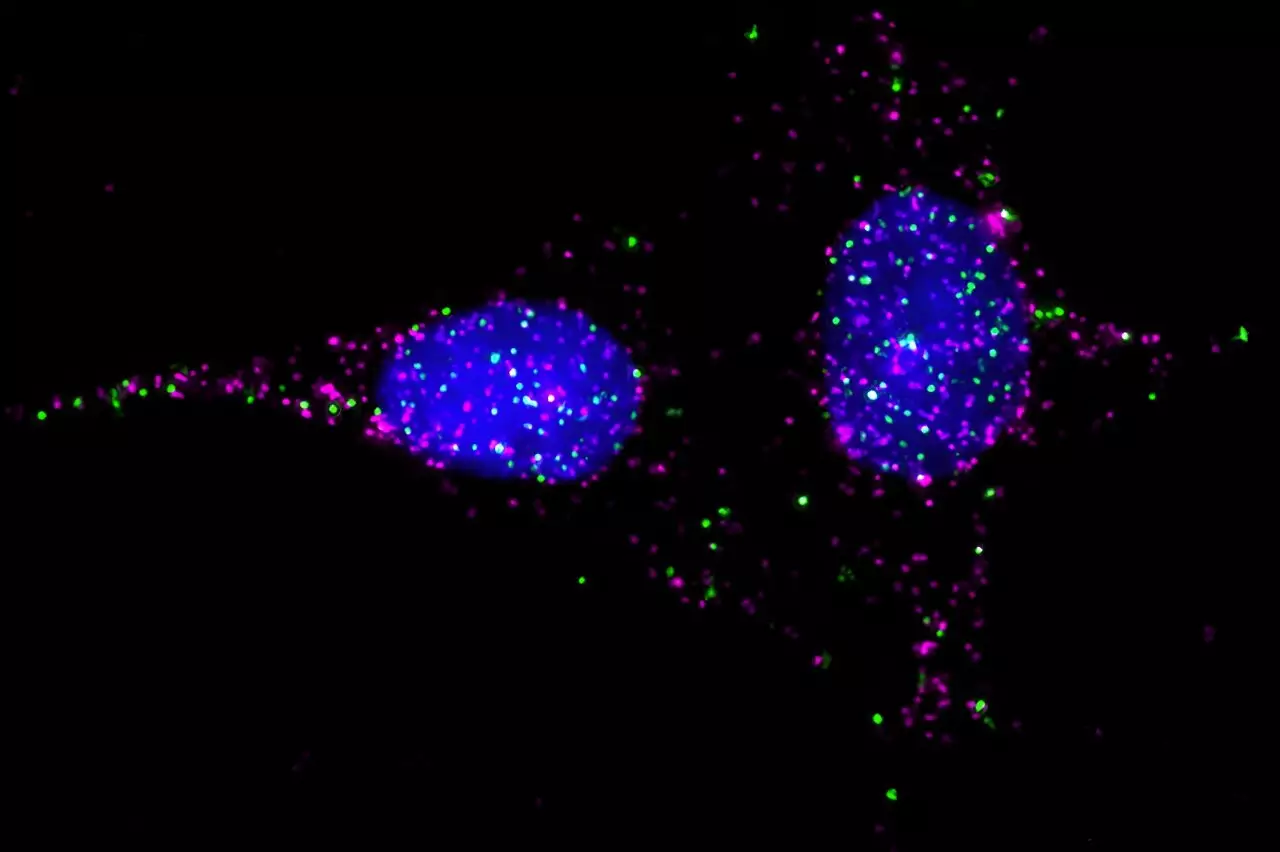In the intricate world of pharmacology, a significant proportion of FDA-approved medications engage with a specific category of receptors known as G protein-coupled receptors (GPCRs). These receptors are pivotal in mediating various physiological responses and are targeted by an array of drugs, including essential heart medications and allergy treatments. Recent advancements in research have unveiled a more complicated interplay between GPCRs and receptor activity-modifying proteins (RAMPs), leading to a broader understanding of drug mechanisms and interactions. The implications of this newfound knowledge could transform drug development and therapeutic strategies.
GPCRs represent a vast superfamily of cell surface receptors integral to numerous signaling pathways. They play critical roles in processes such as sensory perception, immune response, and neurotransmission. However, the story does not end with GPCRs alone; their functionality is deeply intertwined with RAMPs, which facilitate their transport to the cell membrane and modulate their signaling behavior. This partnership illustrates why it’s insufficient to study GPCRs in isolation. Just as the context of a restaurant’s operating hours is essential for a dining experience, the influence of RAMPs is critical for the effective functioning of GPCRs in drug interactions.
Research conducted at the Rockefeller University has illuminated the complexities of GPCR-RAMP interactions, showcasing how they can dictate a drug’s effectiveness across different cellular environments. For instance, a drug targeting the same GPCR might have a therapeutic effect in one type of cell but not another, depending on the associated RAMP’s presence or activity. This level of complexity is fundamental for researchers and pharmacologists striving to optimize drug efficacy.
Recognizing the necessity to map GPCR-RAMP interactions comprehensively, scientists at Rockefeller University embarked on an ambitious project. The goal was to develop a novel high-throughput assay capable of screening numerous GPCR-RAMP pairs simultaneously. Initiated by graduate student Emily Lorenzen in collaboration with the Science for Life Laboratory in Sweden, this endeavor sought to streamline the identification process of GPCRs that actively associate with RAMPs.
In a groundbreaking experimental design, the research team utilized magnetic beads enriched with different fluorescent dyes to encapsulate antibodies that could selectively bind to GPCRs. By incubating these beads with engineered cell lines expressing various combinations of GPCRs and RAMPs, the team could simultaneously analyze a staggering array of interactions in a single experiment. The resultant data significantly deepens the well of knowledge regarding how these receptor complexes operate, essentially reshaping the molecular landscape of drug-target interactions.
Implications for Drug Development
The repercussions of this study extend far beyond the laboratory. The mapping of GPCR-RAMP interactions lays a stronger foundation for drug discovery and development. One of the critical revelations from the research is that many existing and potential GPCR-targeted therapies may not have reached their full therapeutic potential due to unrecognized RAMP interactions. This comprehensive mapping will facilitate the identification of candidate drugs that could be more effective when considered alongside the relevant RAMPs.
Moreover, the enhanced understanding of orphan GPCRs—those whose natural ligands are still unidentified—opens new avenues for exploration in pharmacology. By identifying specific RAMP interactions, researchers might gain insights into activating these orphan receptors, potentially unveiling novel therapeutic targets.
As research into GPCR-RAMP dynamics gains momentum, the field stands on the brink of a significant paradigm shift. The availability of online resources, including libraries of antibodies and engineered GPCR genes, ensures that researchers have the tools necessary to probe these interactions further. In an era where precision medicine is gaining traction, the capacity to tailor drug therapies based on individual receptor profiles could revolutionize treatment methodologies.
Furthermore, as scientists unravel more complex receptor interactions and their implications, there is hope for developing more effective therapies with fewer side effects. The journey from basic science to clinical application is fraught with challenges, but the excitement surrounding GPCR and RAMP research heralds a new chapter in understanding how we can manipulate cellular machinery for therapeutic purposes.
The cooperation between GPCRs and RAMPs represents a frontier in drug target interactions deserving of extensive exploration. The foundational work undertaken by researchers at Rockefeller University marks a crucial step toward deciphering the complexities of receptor behavior. The findings not only expand our understanding of existing drugs but also invigorate the quest for innovative therapeutic strategies. As the scientific community embraces these revelations, the potential to enhance human health through tailored drug therapies becomes increasingly tangible. As with all scientific advances, the impact of this research will ultimately depend on future studies that seek to further elucidate the nuanced roles of GPCR-RAMP interactions in human health and disease.

